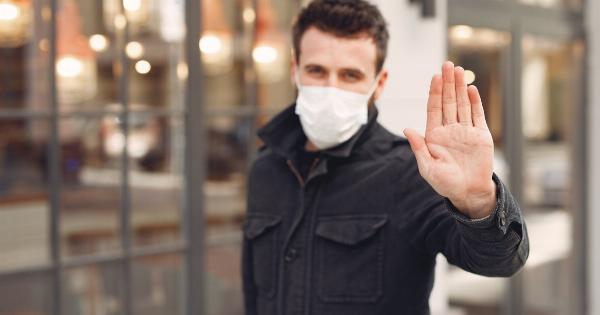When a disease starts spreading across the globe, governments and healthcare organizations typically work collaboratively to come up with effective treatments and vaccines. The COVID-19 pandemic is a testament to this.
Since the virus emerged in late 2019, we’ve witnessed an unprecedented level of coordination from scientists and doctors to develop a vaccine and treatments in record time.
However, even with all the resources and expertise in the world, it’s impossible to deliver lifesaving drugs to every patient who needs them. And when people can’t access essential medications, the consequences can be dire.
The EpiPen: A Prime Example
When it comes to a drug that has sparked controversy over accessibility and pricing, no other medication comes close to the EpiPen. Epinephrine, the active ingredient in the EpiPen, is a hormone produced by the adrenal glands in our body.
It’s responsible for dilating blood vessels and increasing the flow of blood to the heart and brain in fight-or-flight situations.
Auto-injectable epinephrine devices like the EpiPen are designed to provide a quick jolt of epinephrine when someone is experiencing a severe allergic reaction known as anaphylaxis. Without prompt treatment, anaphylaxis can lead to death in minutes.
Epinephrine is critical for reversing the symptoms and allowing the person to breathe easier.
The EpiPen, which was first introduced in 1987, quickly became a staple in households across the United States as well as in schools, hospitals, and other public places.
Anyone who has had severe allergic reactions, including insect stings or food allergies, carries the device with them.
However, the EpiPen, which was initially priced at around $50, has become increasingly expensive over the years. By 2016, the cost of a two-pack of EpiPens had soared to around $600, a 500% increase from 2007.
For many families, the high price tag has made it difficult or entirely impossible to afford the critical lifesaving medicine.
The Challenge of Accessing Life-Saving Drugs
The EpiPen is just one example of how access to life-saving drugs can be a challenge for many people who need them. There are countless other medications that are also out of reach for those who can’t afford them, even with health insurance.
For instance, insulin, which is essential for diabetics to control their blood sugar levels, has also become increasingly expensive.
The rising cost of insulin has forced some patients to ration their doses, which can lead to severe complications, including blindness, amputations, and even death.
The high cost of drugs can be attributed to several factors, including the research and development costs, marketing costs, distribution costs, and the regulatory process.
However, some pharmaceutical companies have been accused of setting prices at levels that are unjustifiably high and exploitative.
Another factor that contributes to limited access to essential medicines is the lack of availability in certain regions of the world.
Developing countries, in particular, often struggle to access critical medicines due to logistical challenges or inadequate resources.
What Are the Solutions?
Addressing the issue of limited access to life-saving drugs will require a multifaceted approach. The following are some potential solutions:.
1. Making Essential Drugs Affordable
One of the most critical steps towards ensuring that essential drugs are accessible to all who need them is making them affordable. A lower cost of essential drugs could be achieved through a variety of approaches, including:.
- Making healthcare more efficient and effective, thus reducing healthcare costs
- Strengthening the role of the government in regulating drug prices without stifling innovation
- Encouraging price competition in the market, which could lead to lower prices for consumers
2. Investing in Research and Development
Investment in research and development of new drugs could help bring new drugs to market that are more effective and less expensive than existing drugs.
Additionally, drugs for rare diseases or conditions with no cure could be developed to ensure that even the most vulnerable patients get the essential medicines they need.
3. Donations to Developing Countries
Many pharmaceutical companies offer donations of essential drugs for developing countries. These donations provide critical medicines for people who wouldn’t otherwise have access to them.
4. Partnering with Nonprofits and Charities
Pharmaceutical companies can partner with charities and nonprofits that focus on delivering essential drugs to those in need. These partnerships can help ensure that necessary medicines reach people who might not otherwise have access.
Companies can also work with these organizations to identify gaps in access and develop solutions to address them.
Final Thoughts
Ensuring that essential medicines are accessible to all who need them is crucial. No one should have to choose between buying lifesaving medicine and paying for food or shelter.
Governments, healthcare organizations, and pharmaceutical companies must work together to ensure that patients have access to critical medicines regardless of where they live, their economic status, or their ability to pay.































